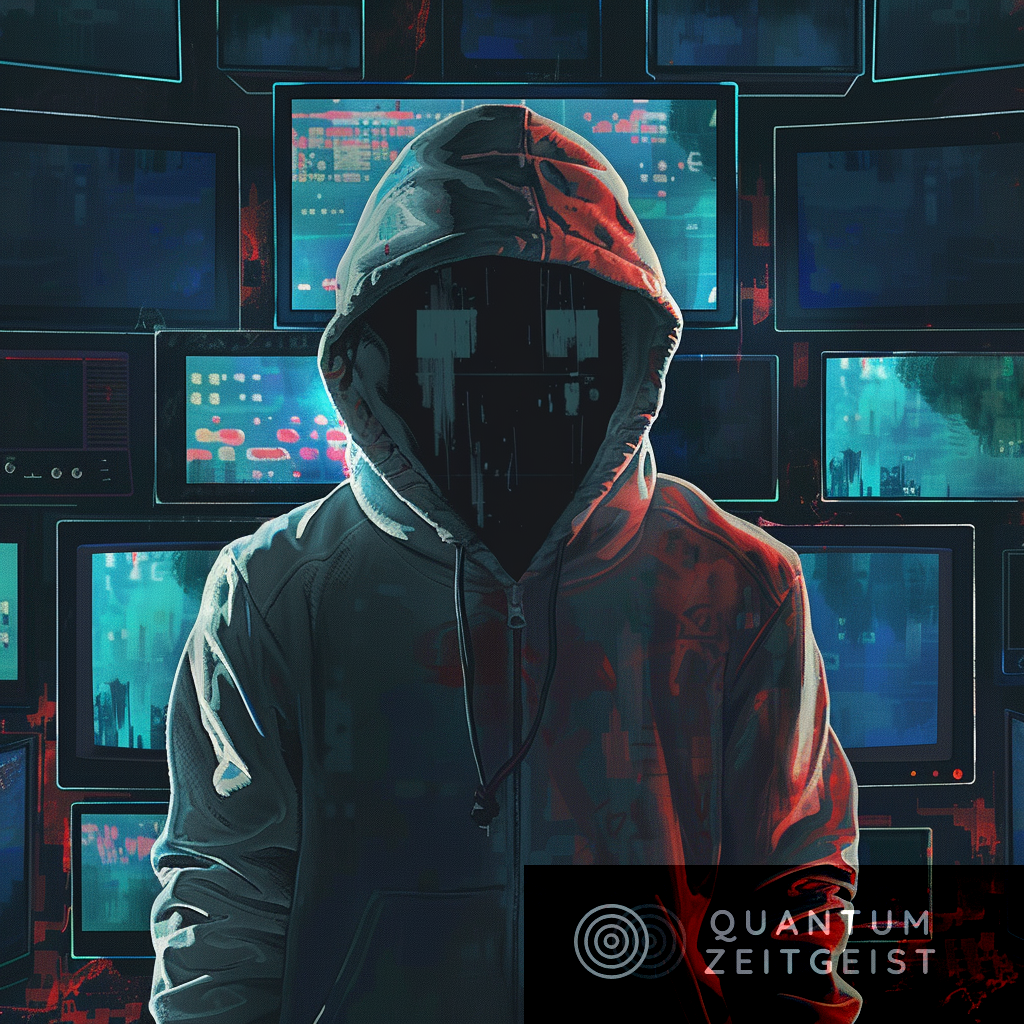Quantum cryptography, a rapidly emerging field in the computer industry, is based on quantum physics principles and aims to provide a secure method of key distribution. The European Union plans to invest $13 million in the research and development of a secure communications system based on quantum cryptography, known as SECOQC.
Companies like MagiQ Innovations and ID Quantique are also implementing quantum cryptography solutions. The technology uses a quantum channel and the BB84 Protocol, developed by Charles H. Bennett and Gilles Brassard. Despite its potential, quantum cryptography faces challenges such as practical implementation, quantum hacking, and the need for standardization.
Quantum Cryptography
What is Quantum Cryptography and Why is it Important?
Quantum cryptography is a rapidly emerging field in the computer industry. It is based on the principles of quantum physics and aims to provide a completely secure method of key distribution. This technology is seen as a solution to the vulnerabilities of current cryptographic systems, which are susceptible to advancements in computing power and mathematical techniques that can quickly reverse one-way functions such as factoring large integrability.
The European Union has recently announced plans to invest $13 million in the research and development of a secure communications system based on quantum cryptography. This system, known as SECOQC (Secure Communication based on Quantum Cryptography), is seen as a crucial defense against intelligence gathering systems used by countries such as the United States, Australia, Britain, Canada, and New Zealand.
Several quantum information processing companies, including MagiQ Innovations and ID Quantique, are also implementing quantum cryptography solutions to meet the needs of businesses, governments, and other sectors where preventing unauthorized disclosure of information is critical for maintaining a competitive advantage.
How Does Quantum Cryptography Work?
The implementation of quantum cryptography involves the use of a quantum channel, which requires a pair of polarizing filters at both the sender and recipient ends. This allows the sender to send photons of chosen polarization and the recipient to measure the polarization of these photons.
There are two types of polarization filters: rectilinear and diagonal. In a rectilinear filter, we have horizontal and vertical orientation of photons, while in a diagonal filter, we have 45 and 135 degrees of orientation. The direction of the photons can be detected by a vertically oriented calcite crystal and two detectors, such as a photomultiplier.
The BB84 Protocol, developed by Charles H. Bennett of the IBM Thomas J. Watson Research Center and Gilles Brassard of the University of Montreal, is a key component of quantum cryptography. It is based on the fact that measuring a quantum system, such as a photon, irreversibly changes its state and eliminates information about the aspects before measurement. The protocol uses two channels: a quantum channel for sending polarized photons and a classical open channel for sending regular messages, such as comparing and confirming the signals sent through the quantum channel.
What are the Limitations of Current Cryptosystems?
Current cryptosystems, while highly effective, are not without their limitations. They are based on complex calculations that are generally considered to be intractable, meaning they are difficult to solve. However, these systems are vulnerable to both technological advancements in computing power and developments in mathematics that can quickly reverse one-way functions, such as factoring large integrability.
This vulnerability is a significant concern, given the increasing importance of secure communication in today’s digital age. Unauthorized access to sensitive information can have severe consequences, from financial losses to threats to national security. As such, there is a pressing need for more secure cryptographic systems, and this is where quantum cryptography comes in.
What are the Future Directions of Quantum Cryptography?
Quantum cryptography is still a relatively new field, and there is much research to be done to fully realize its potential. However, the initial results are promising, and it is clear that this technology could play a significant role in the future of secure communication.
One of the key areas of focus is the development of quantum key distribution systems. These systems use the principles of quantum physics to generate and distribute cryptographic keys, providing a level of security that is theoretically unbreakable.
Another area of interest is the integration of quantum cryptography with existing communication networks. This would allow for the secure transmission of information over long distances, a capability that is particularly important for applications such as secure government communications and financial transactions.
What are the Challenges and Limitations of Quantum Cryptography?
While quantum cryptography holds great promise, it is not without its challenges and limitations. One of the main challenges is the practical implementation of quantum key distribution systems. These systems require highly specialized equipment and are currently quite expensive to implement.
Another challenge is the issue of quantum hacking. While quantum cryptography is theoretically secure, it is still susceptible to hacking if the implementation is not perfect. This is a significant area of ongoing research, with scientists working to develop countermeasures against potential quantum hacking techniques.
Finally, there is the issue of standardization. As with any new technology, there is a need for standards to ensure interoperability and compatibility between different systems. This is a complex task, given the highly technical nature of quantum cryptography, but it is a crucial step towards the widespread adoption of this technology.
Publication details: “A Comprehensive Study of Quantum Cryptographic Techniques”
Publication Date: 2024-03-27
Authors:
Source: International Research Journal Of Modernization In Engineering Technology And Science
DOI: https://doi.org/10.56726/irjmets50993

